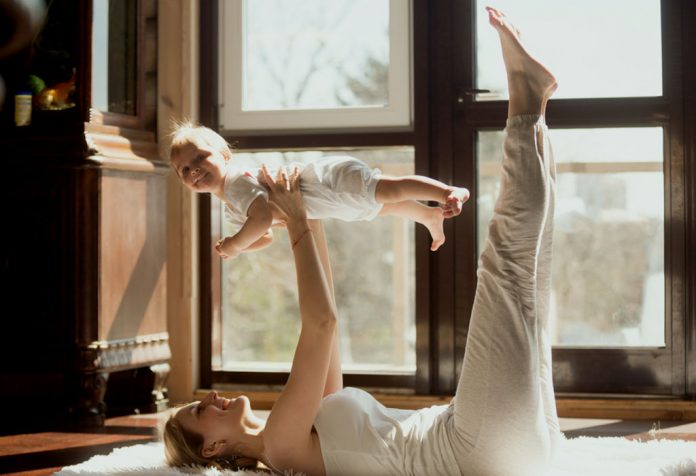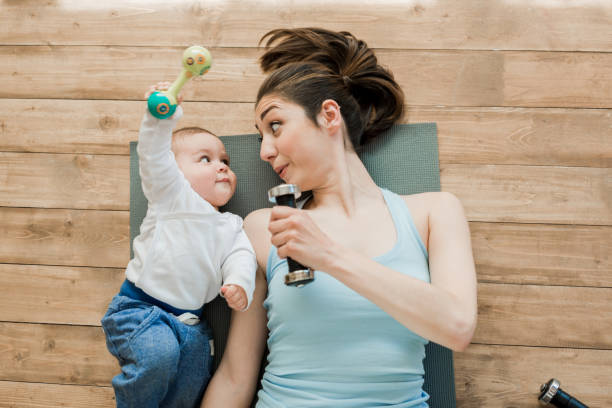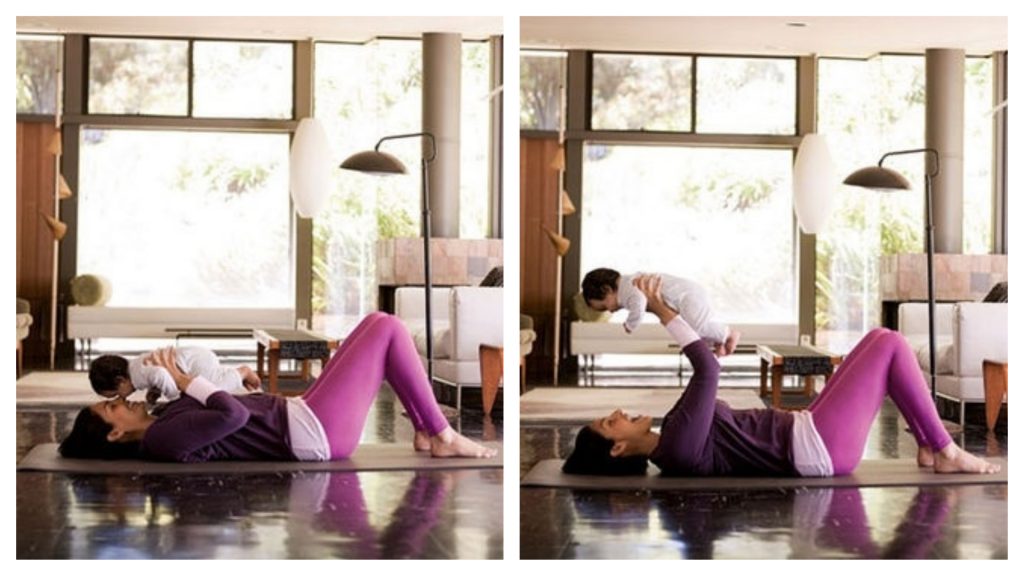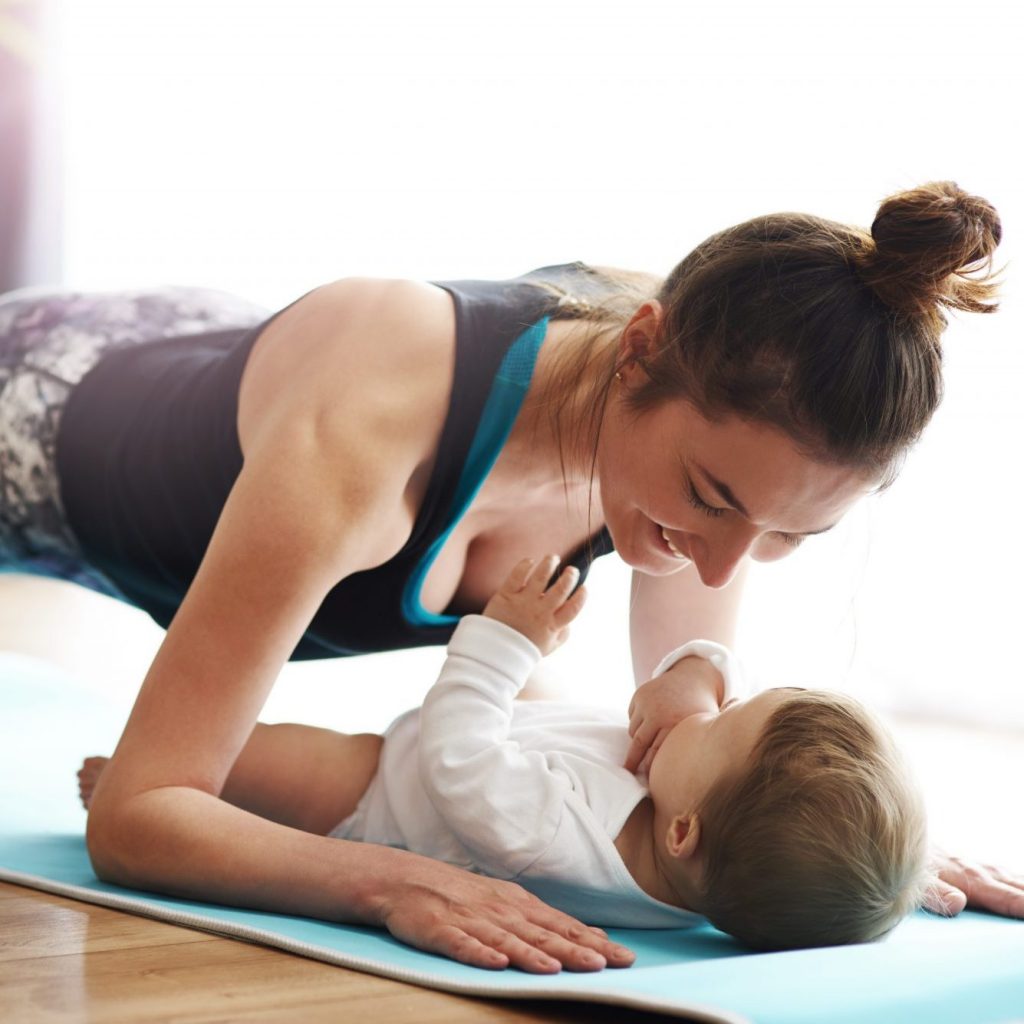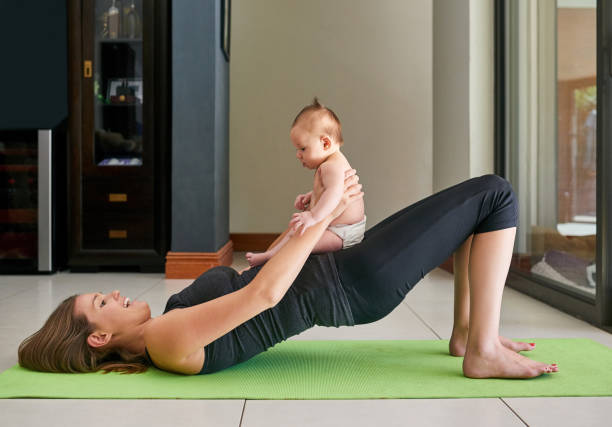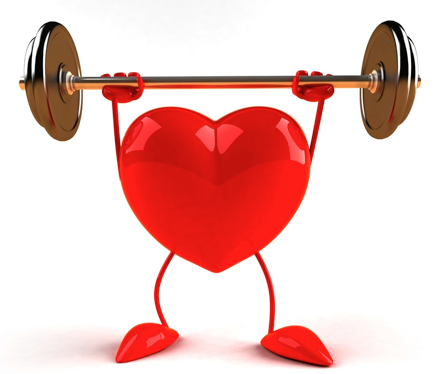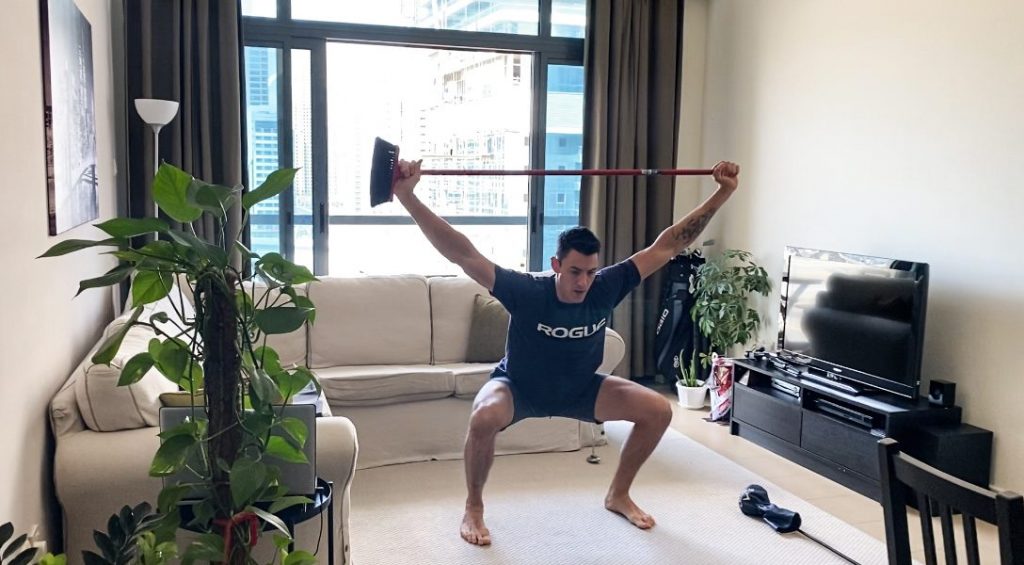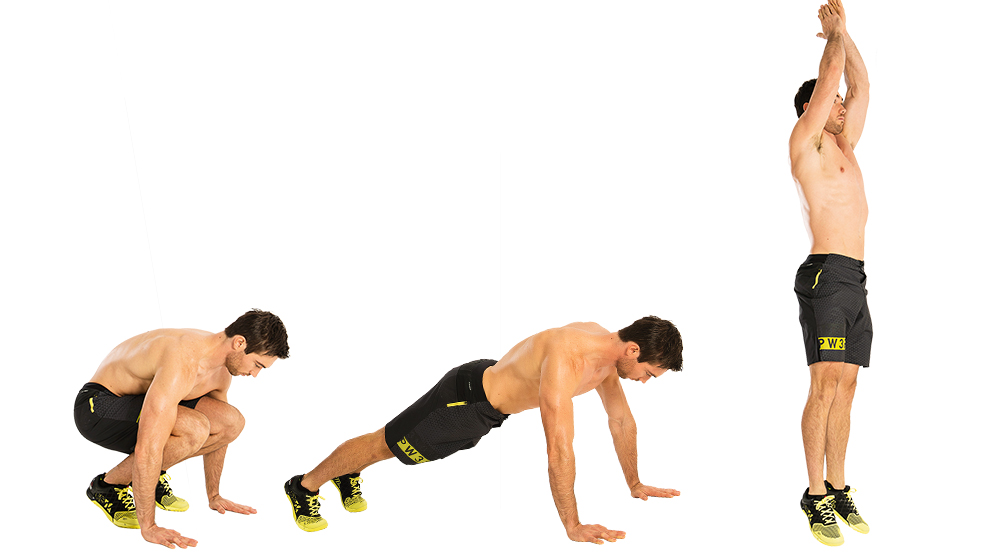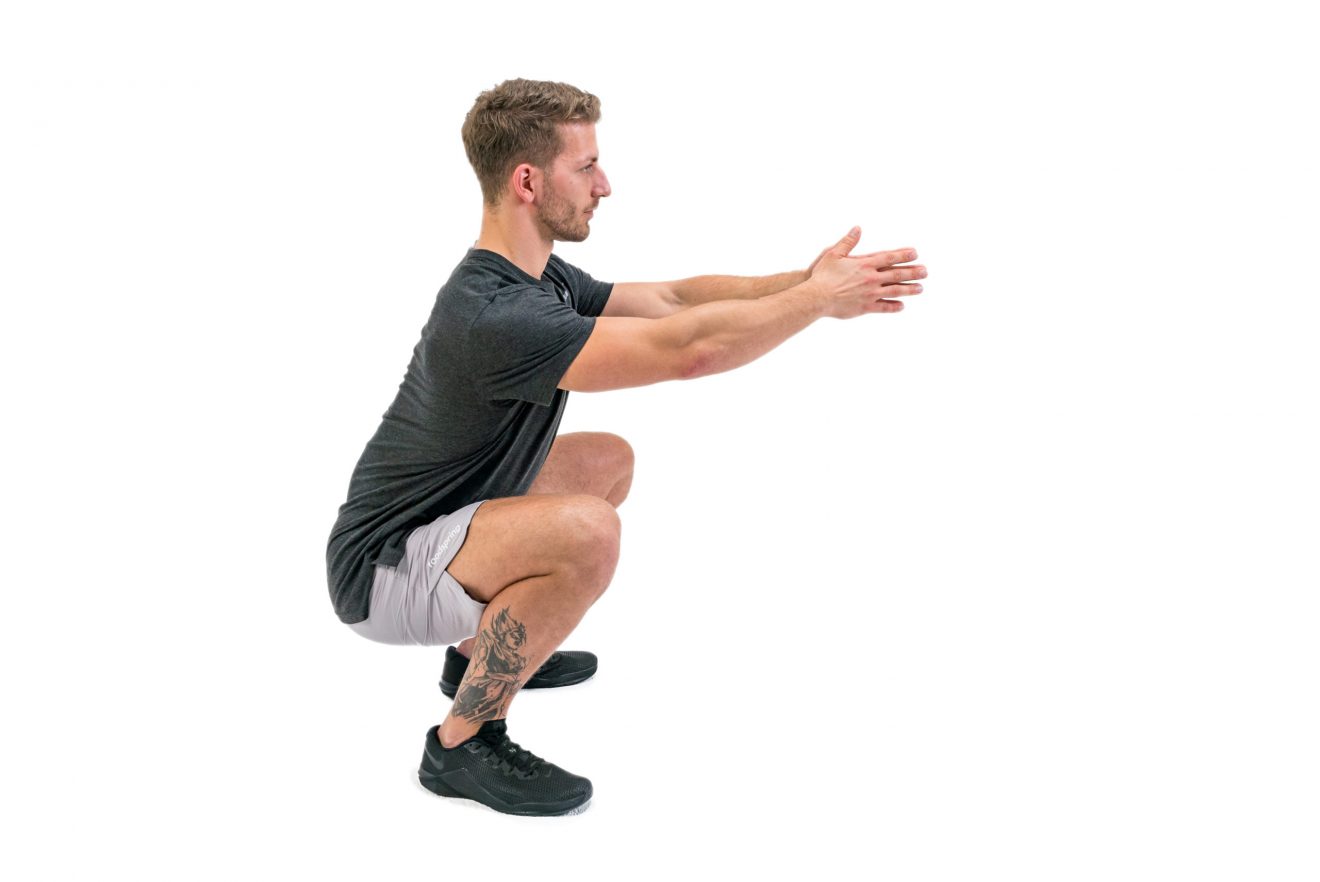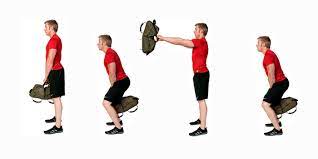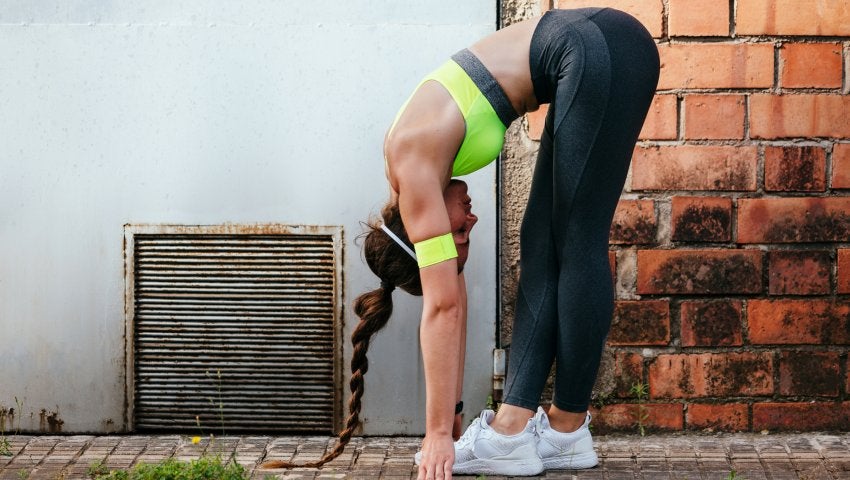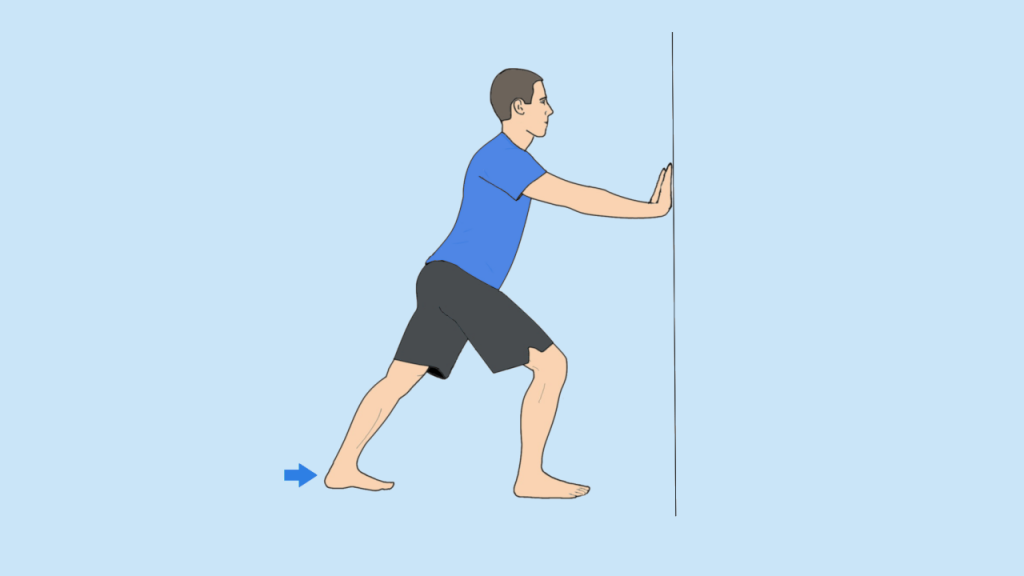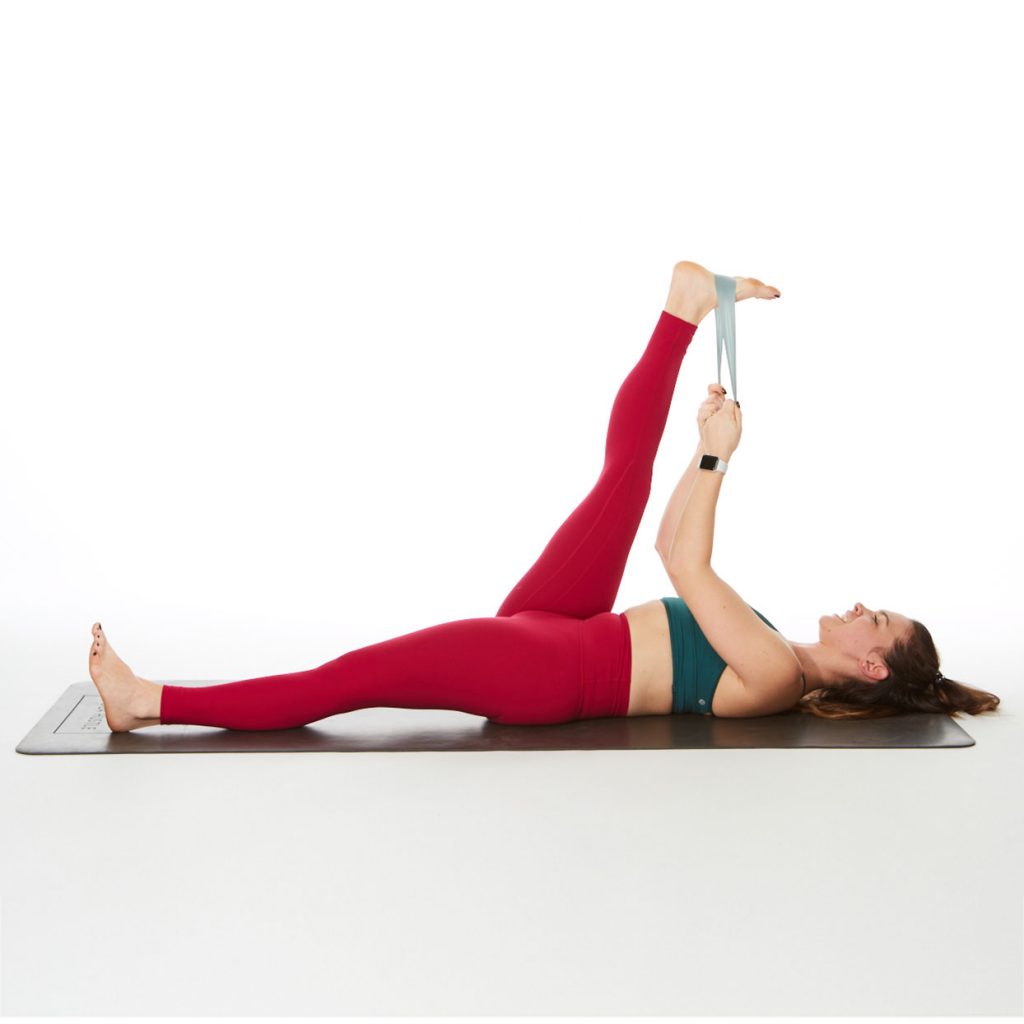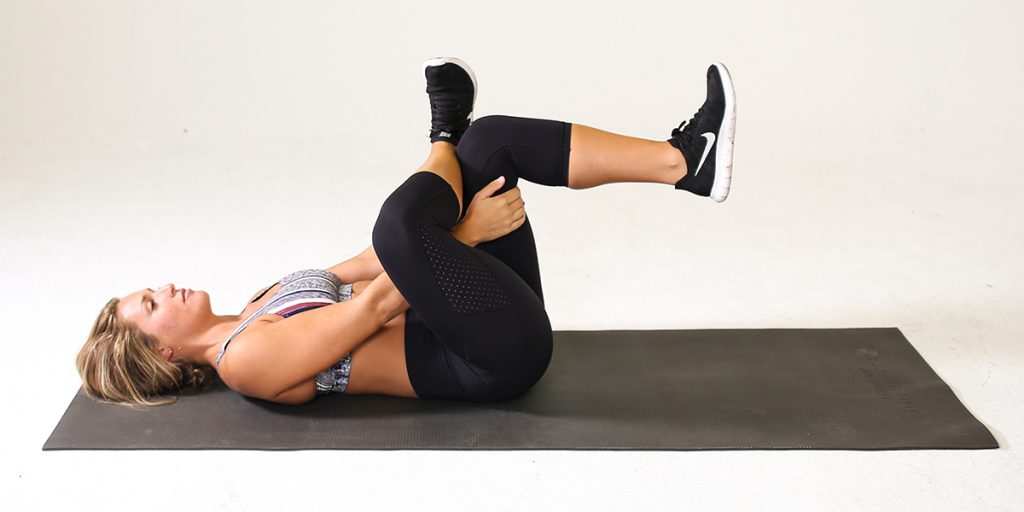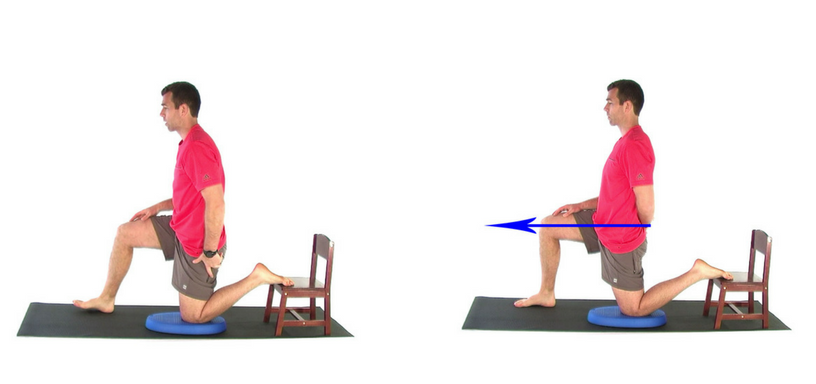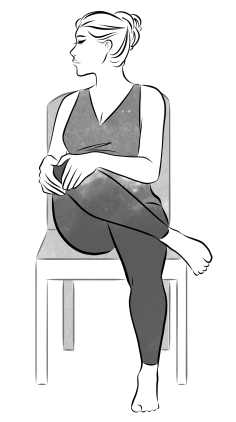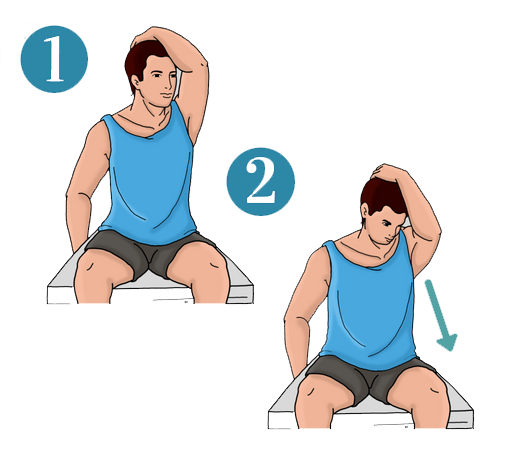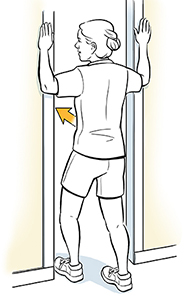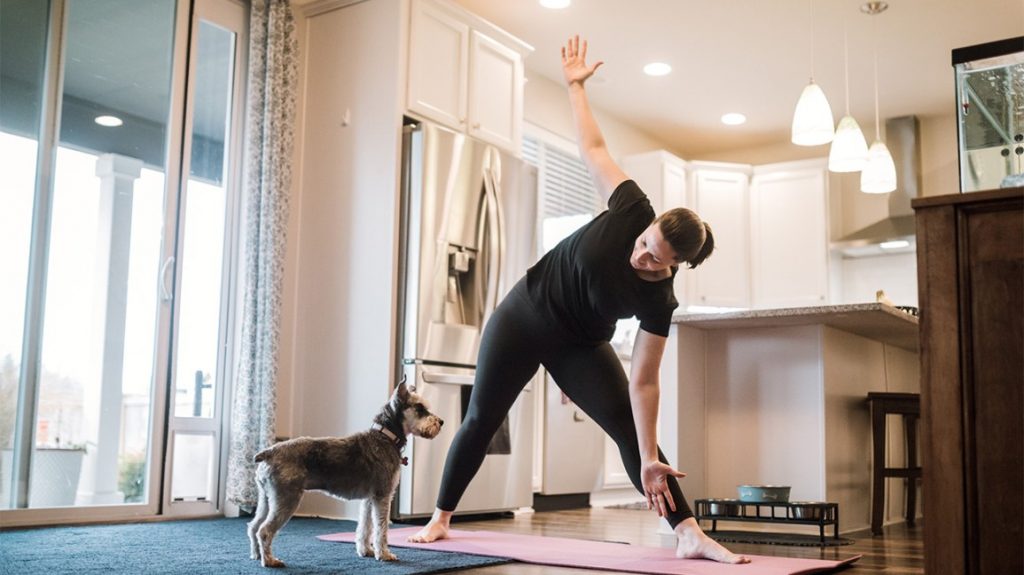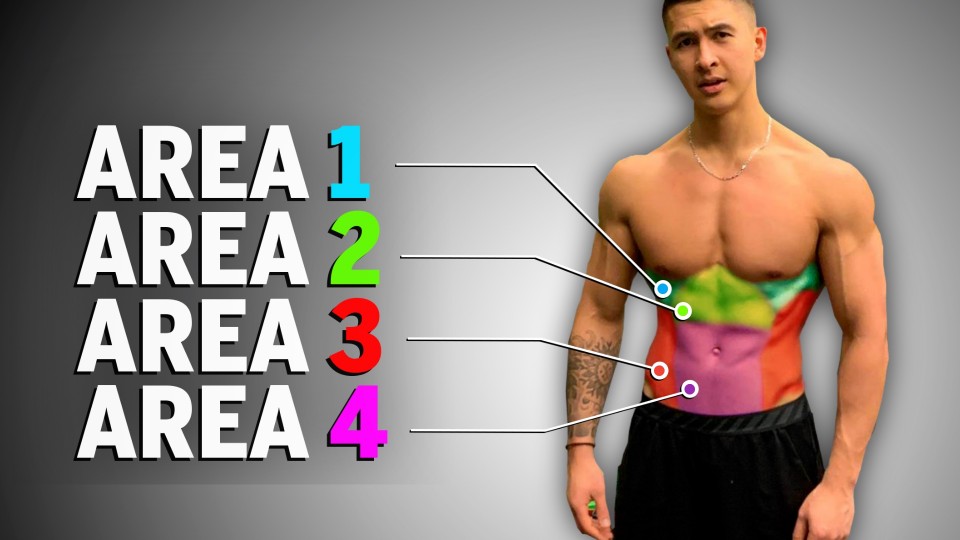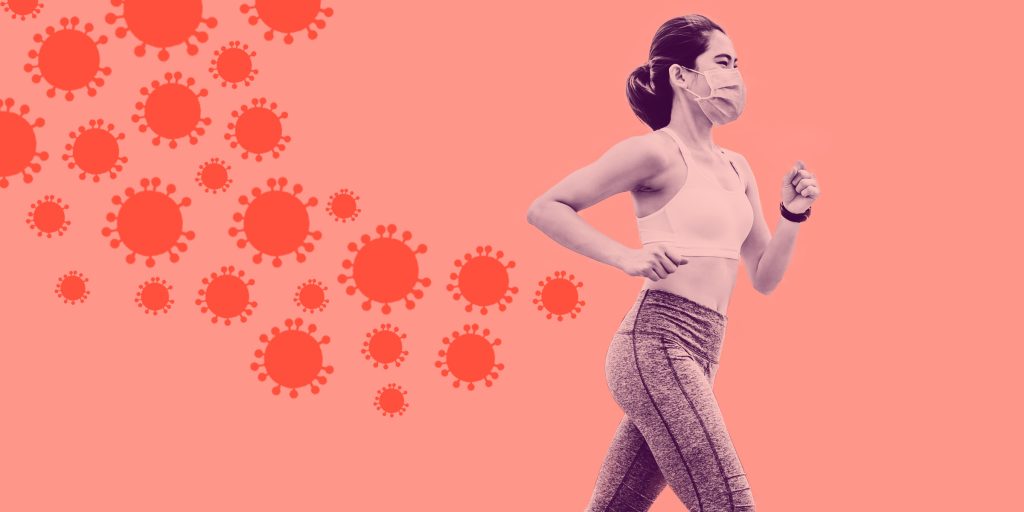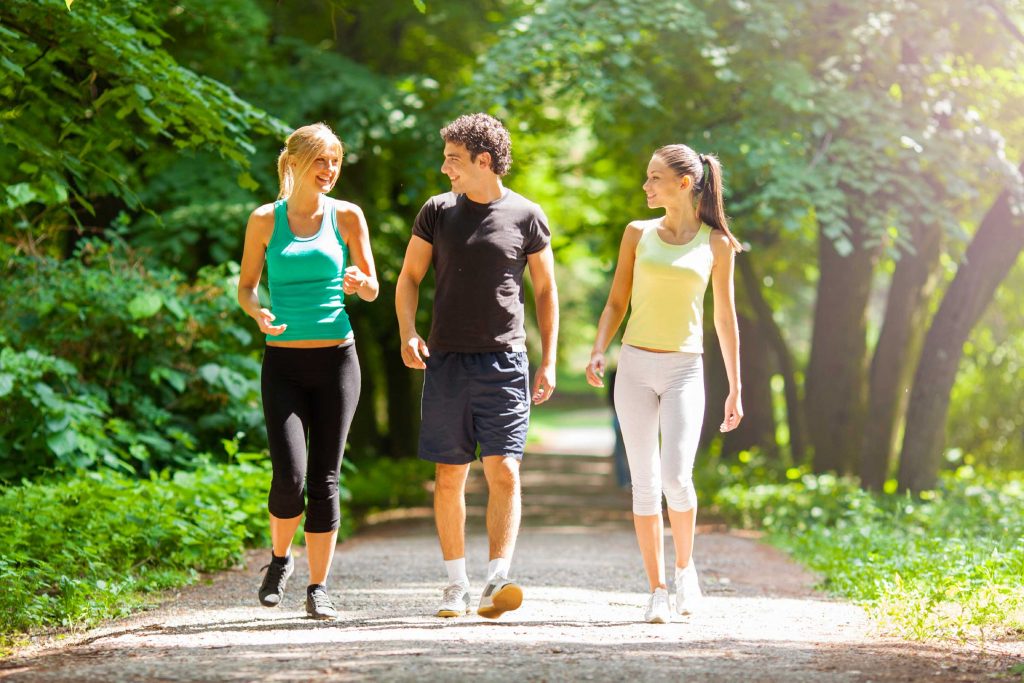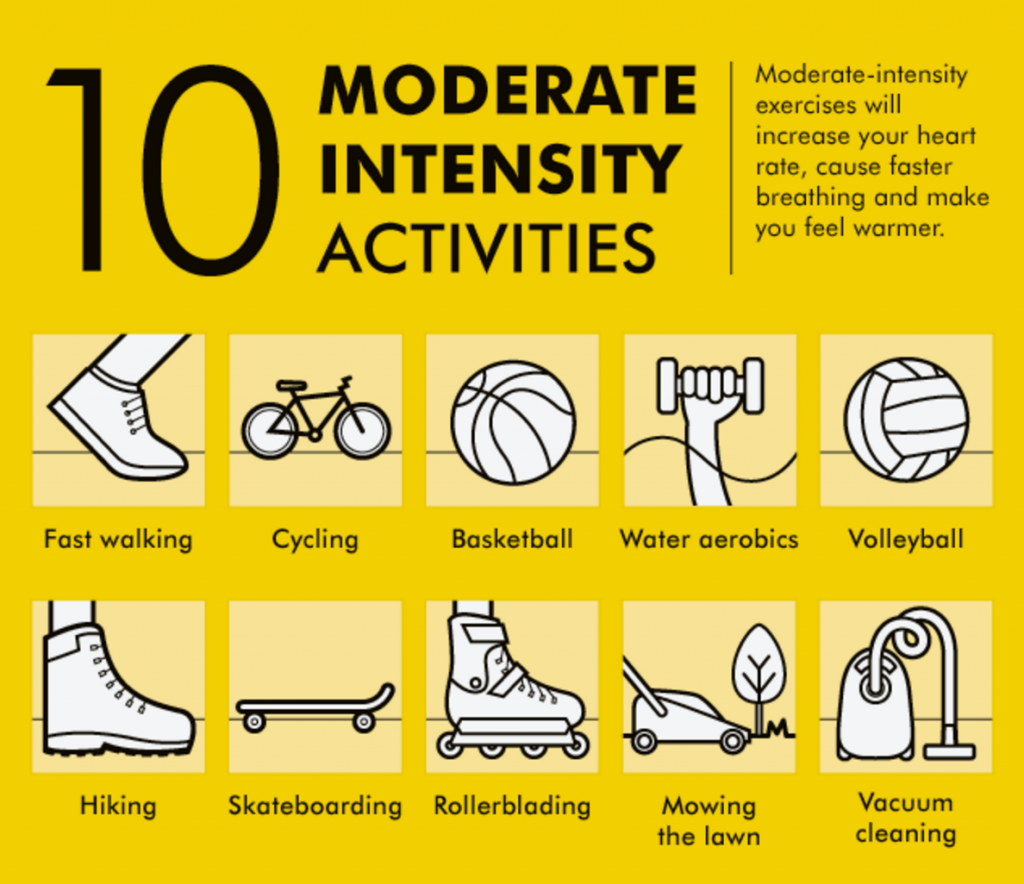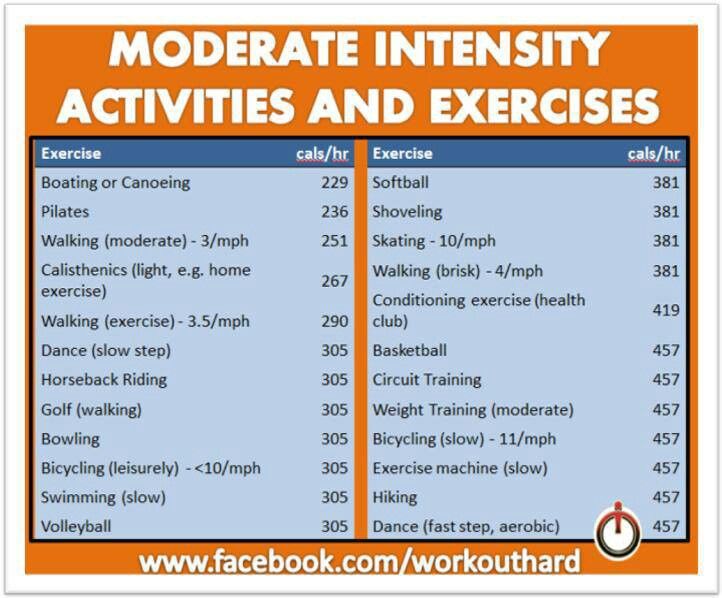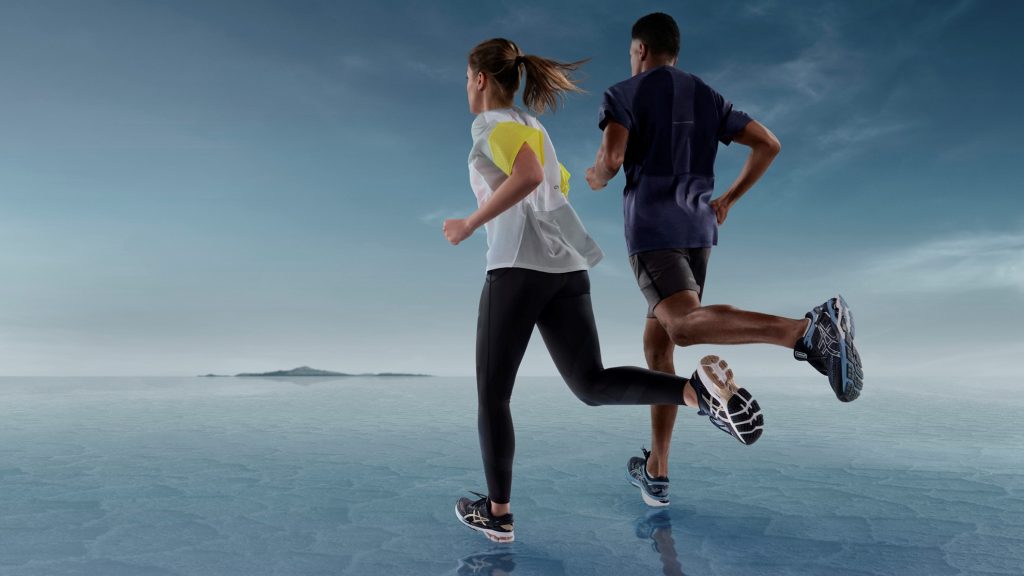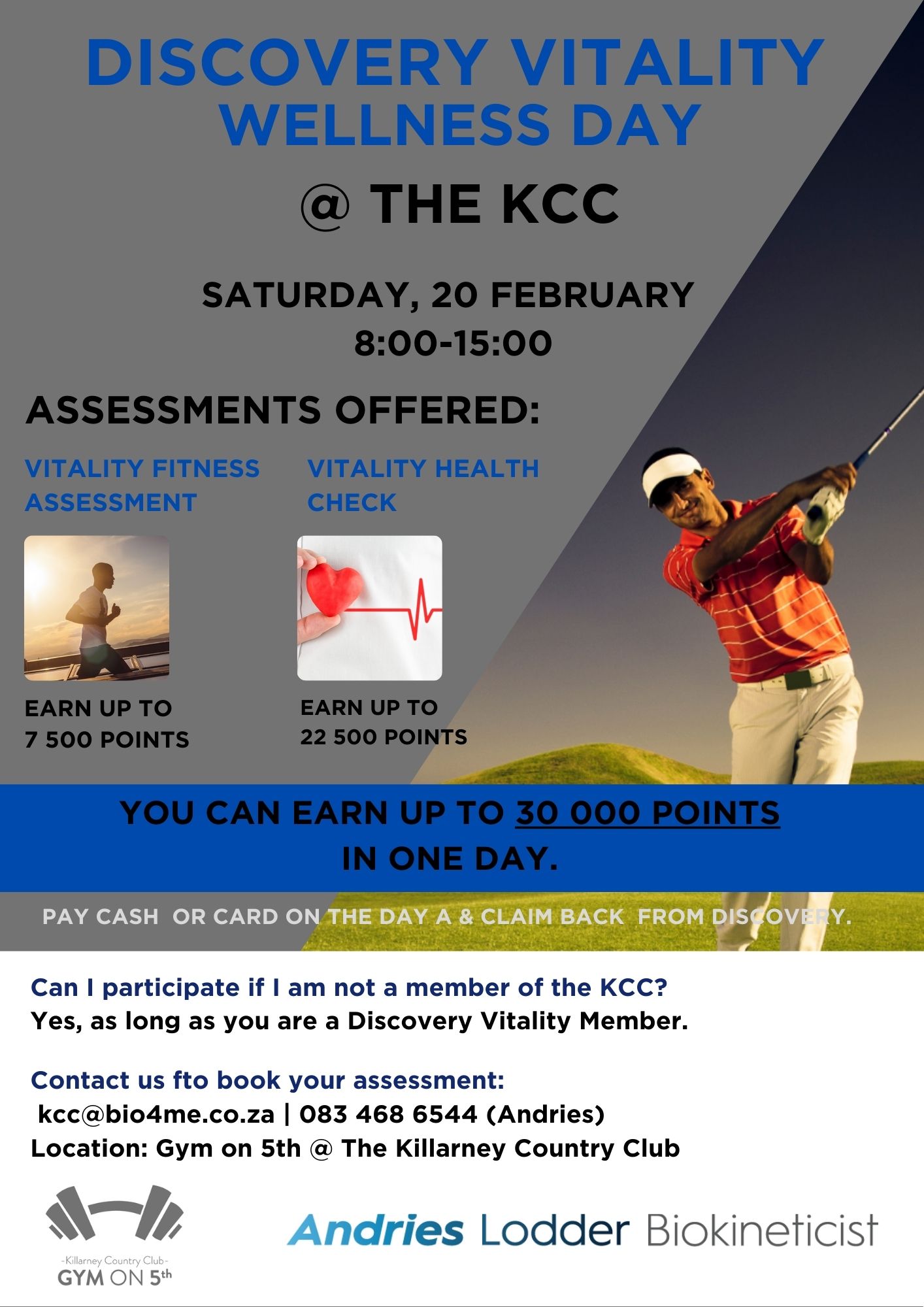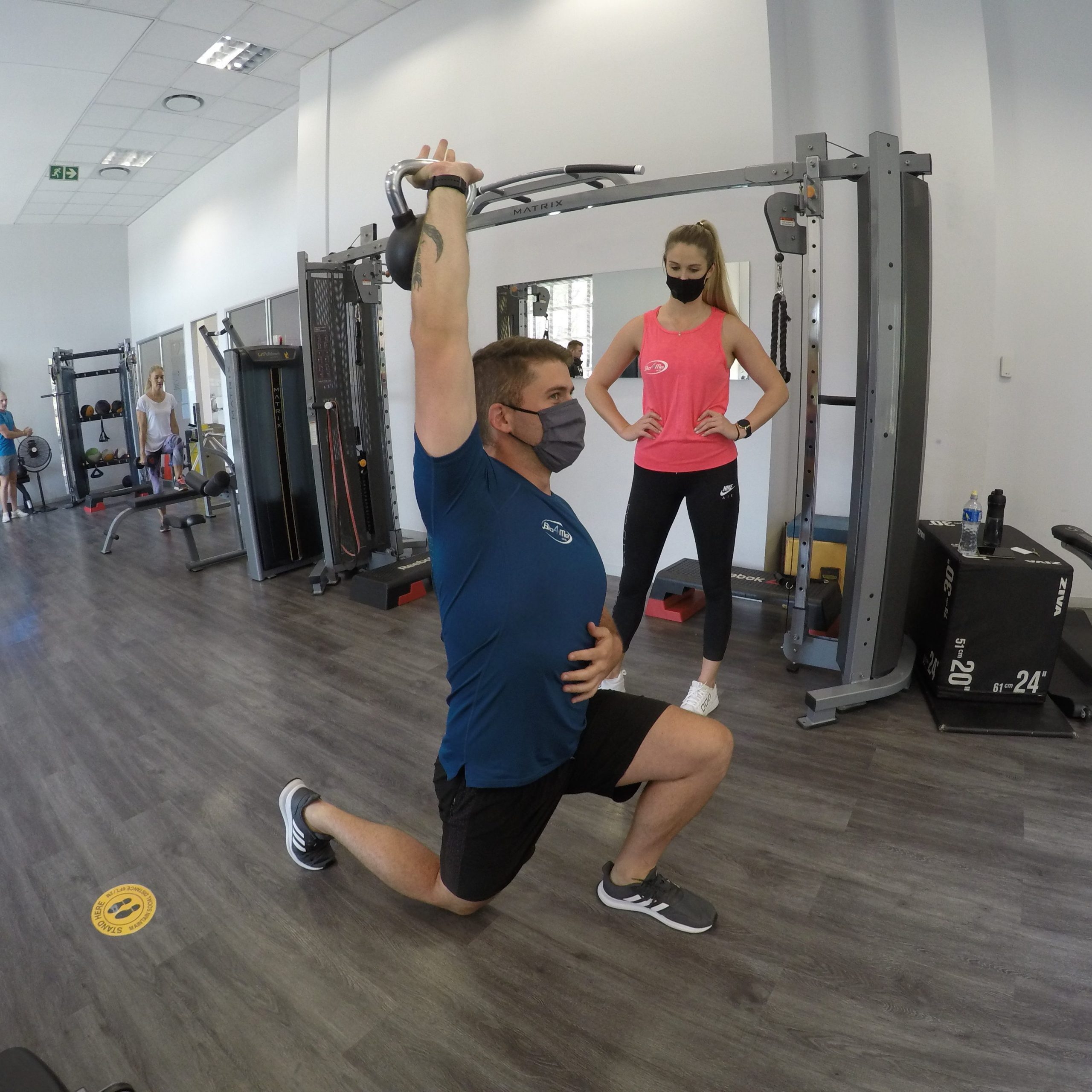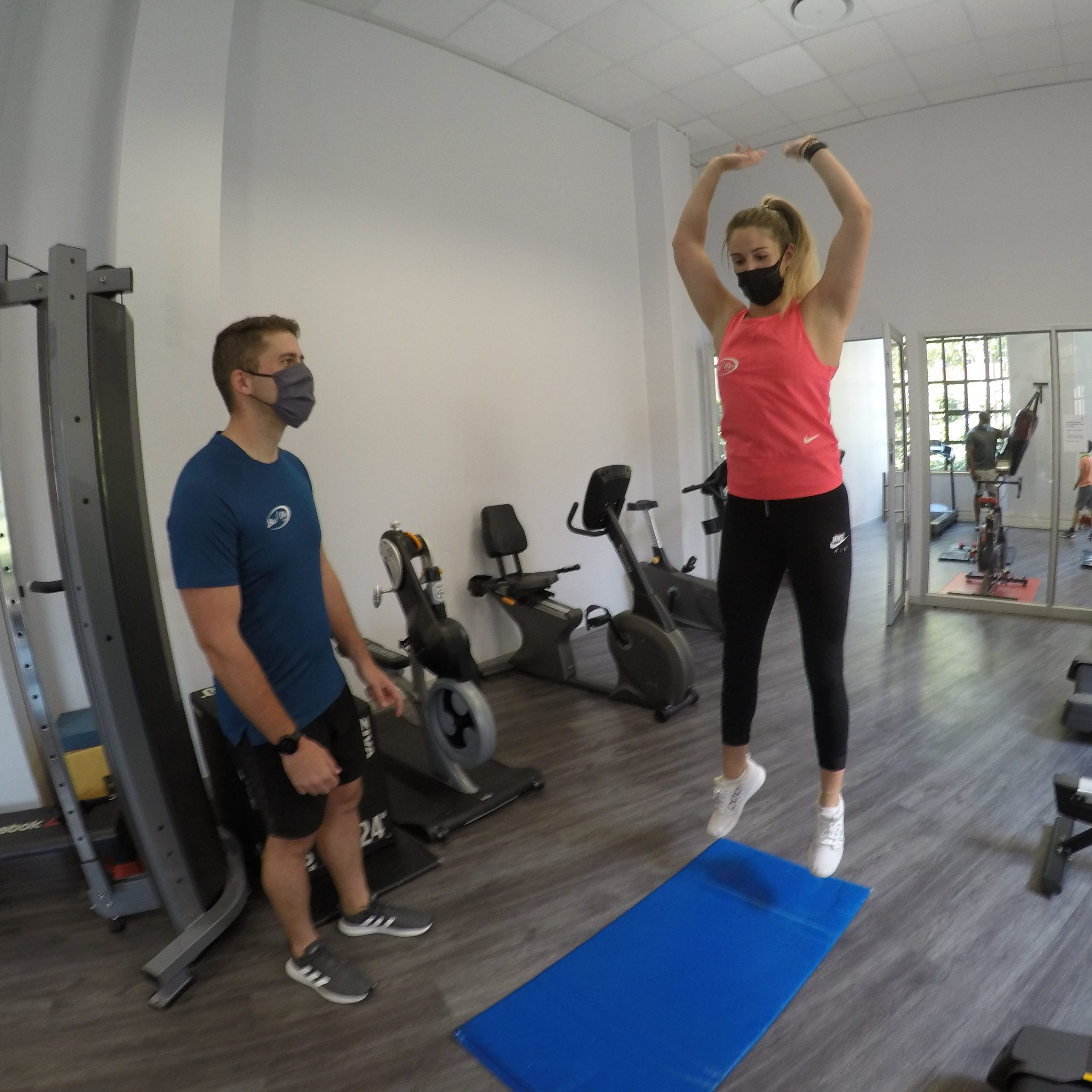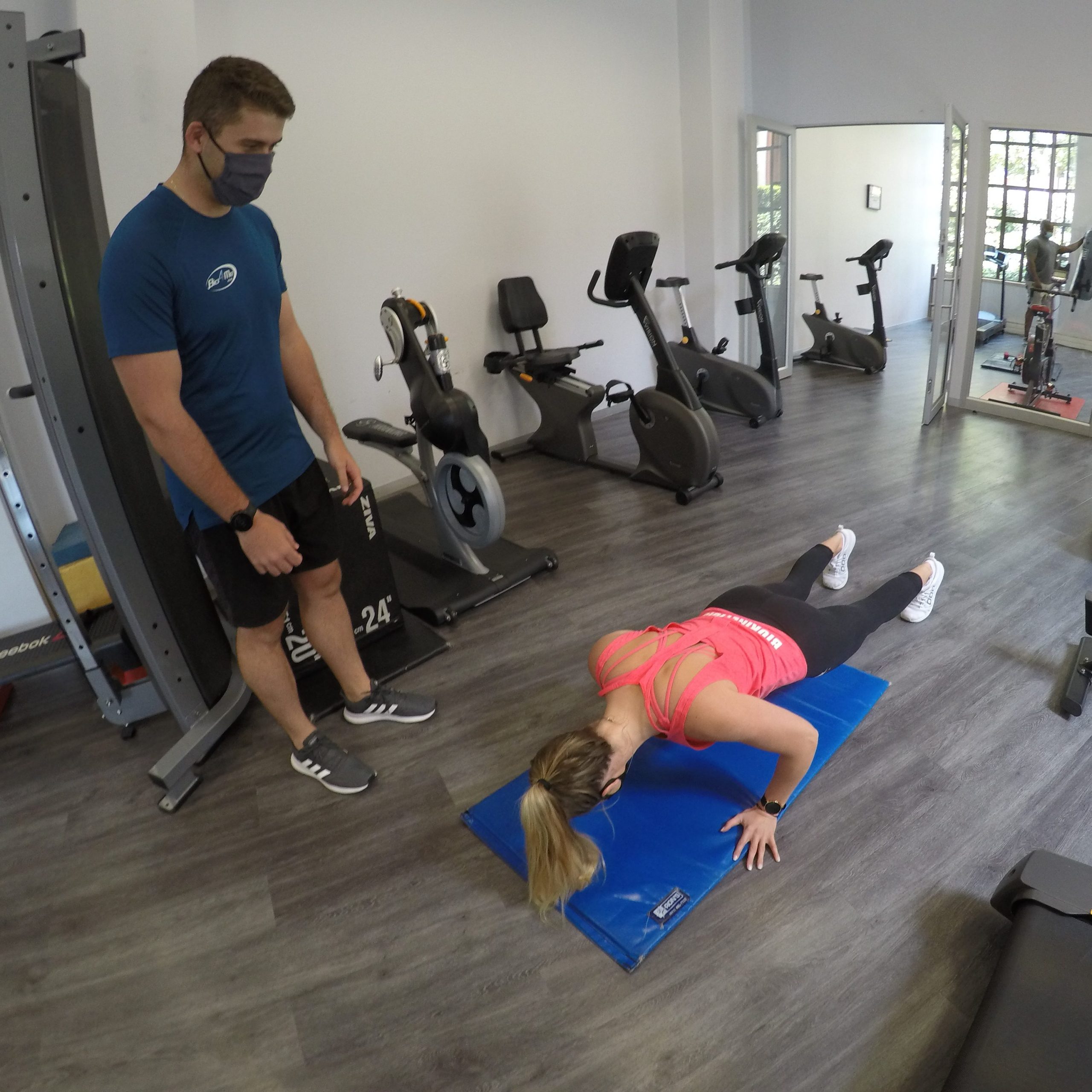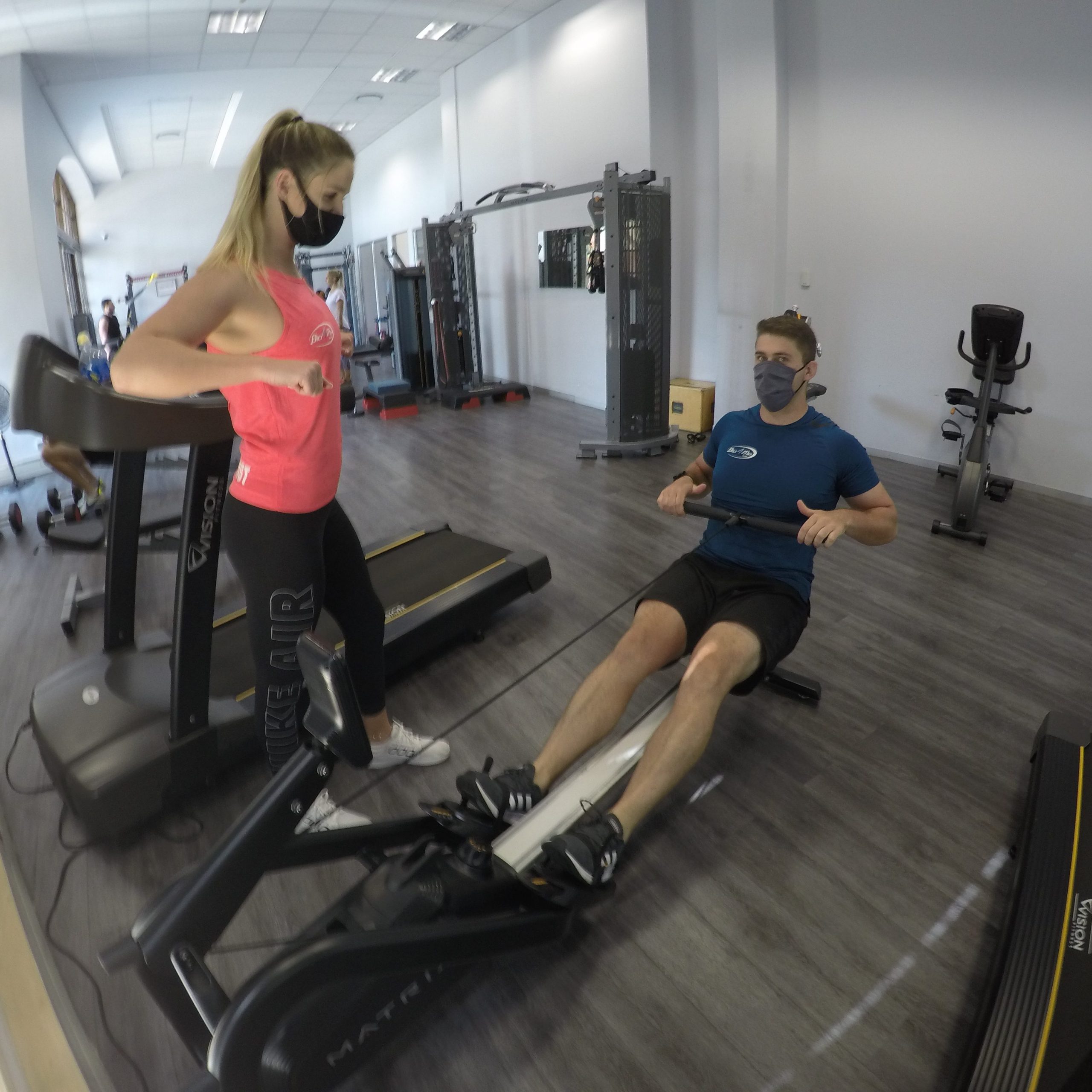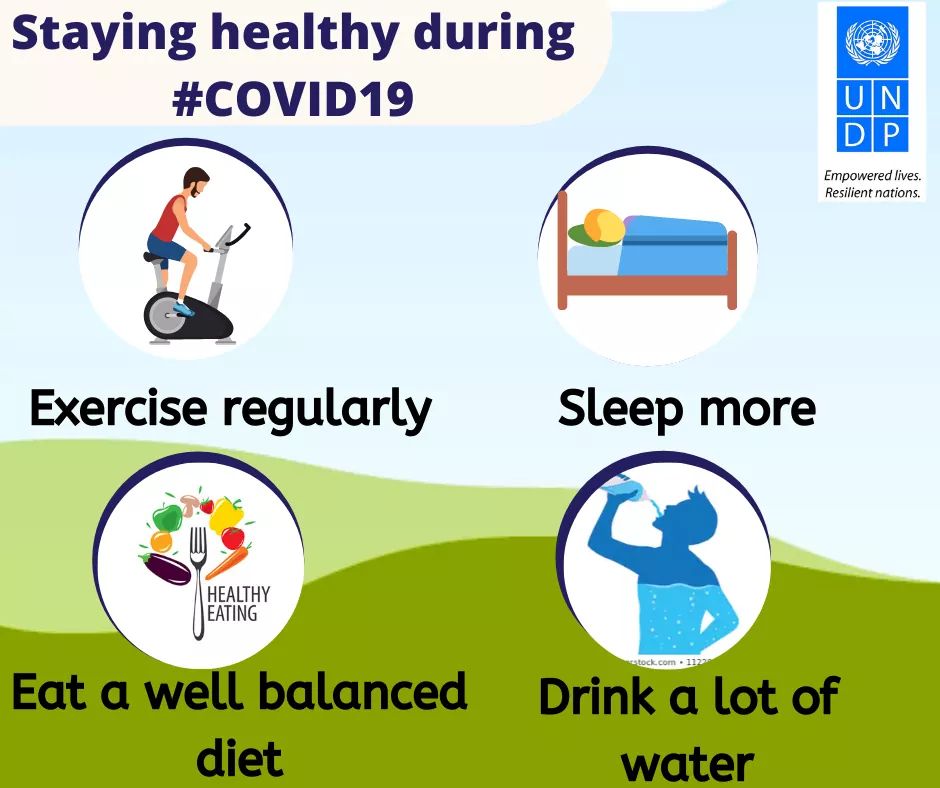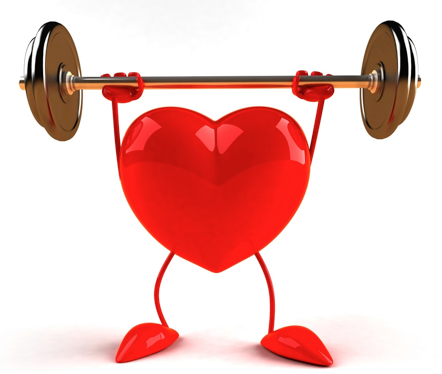Mommy time exercise routine
Posted on April 28th, 2021 by Andries Lodder
Being a parent is a full time job – how are you supposed to fit in some exercise too now?
Well, we now have a quick and efficient way to workout and not leave your babies unattended!
A few simple movements can land up working your whole body and getting you to burn the necessary calories.
*A little tip for babies safety: to do the following exercises and include your baby, baby should be around 3-4 months and capable of holding their head up on their own.
Cardio workouts for you and your baby:
The following types of cardio are generally a slow steady state type of cardio. This means that fat is your main source of fuel. To carry out the workout your body will utilize your stored fat, aiding in weight-loss.
Performing steady state cardio for around 20 – 30 minutes a day will be highly beneficial for weight-loss and serves many health benefits.
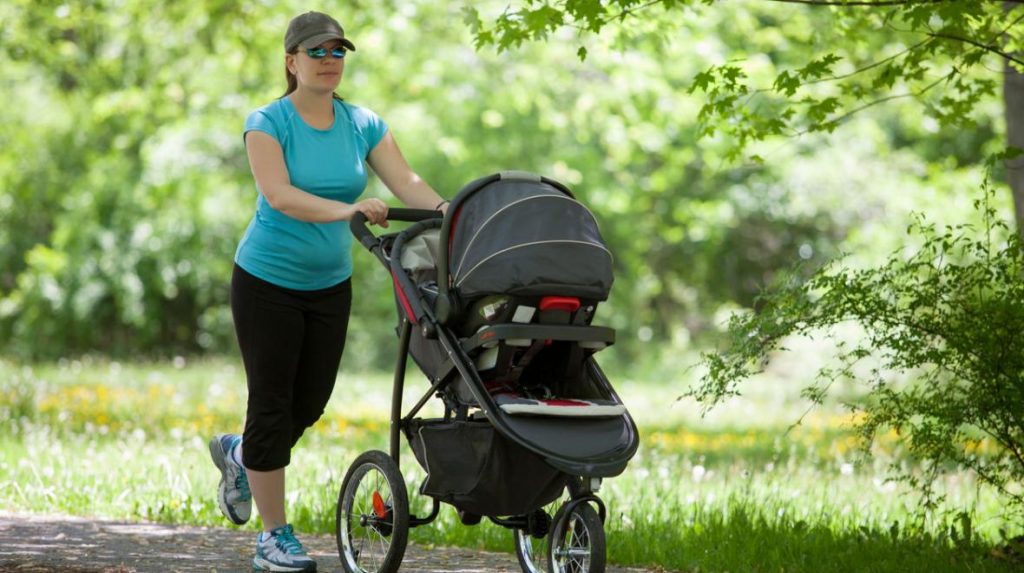
- Dancing baby: holding you baby while putting some music you enjoy on can land up being a serious workout. With the baby acting as an extra weight and the dancing will be sure to get the heart rate up, it will serve as a whole body workout and so much fun!
- Walking with baby: whether baby is in a push pram or on you, walking with your baby is a great form of a cardiovascular workout and great bonding time too!
- Cleaning baby: have a few house hold errands or cleaning to do? Why not tie your tiny tot to your back and let them enjoy the work with you!
Strength exercises:
Doing two to four rounds of around ten to twenty repetitions of each of these exercises will ensure to give you a full body workout! This will help tone and shape you up, getting you to where you want your body!
– Weighted lunges: Holding your baby close to your center of gravity, step forward into a lunge position and drop the back knee towards the floor (ensure to keep your core tight and push your weight through your front heel).

– Baby chest presses: Lying on your back, knees bent and baby in arms. Take your little tot from a position of lying on your chest, to pushing them up and straightening your arms. This is a fabulous exercise for your babies core!
– Squats: There are a variety of ways to do this exercise. Having your baby at your chest, on your shoulders of even on the floor in front of you can all work! Bending from the knees, using the glutes, lower back, core and legs, push your weight through your heels and keep those knees out!

– Push ups: With your baby either on the floor in front of you or lying on your back (ensure they’re stable and cant roll off)! With your baby in font this becomes a hard workout for mom and a fun game for your little one.
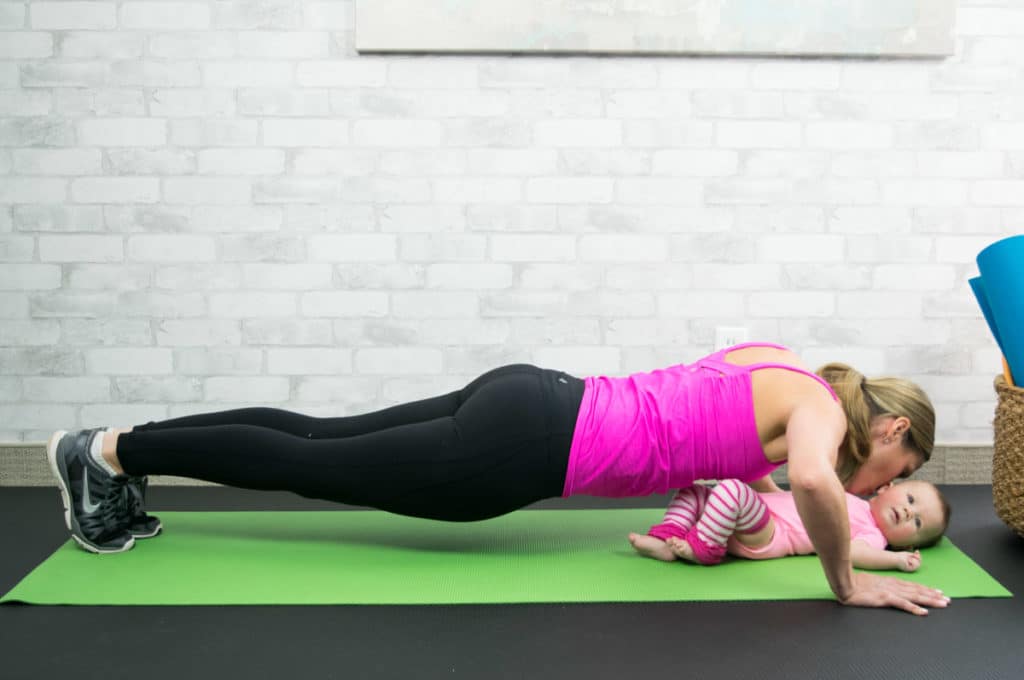
– Plank : Planks can be done with baby on your back or on the floor in front of you. It’s a great core workout! Make sure to not drop your hips and compromise your back!
– Hip lifts:Lying on your back with your legs bent and baba on your hips – slowly and in a controlled manner, lift your hips towards the ceiling (squeezing the glutes)! Return back down and repeat.
These are just a few exercises to get you moving at home with your baby!
For more exercises or help with getting you back into shape after having your tiny tot, do not hesitate to contact us!
